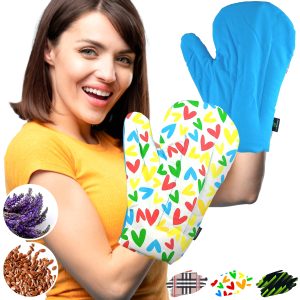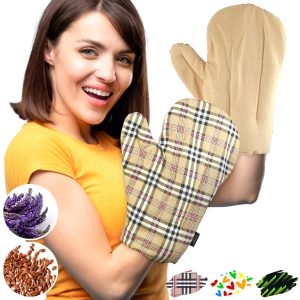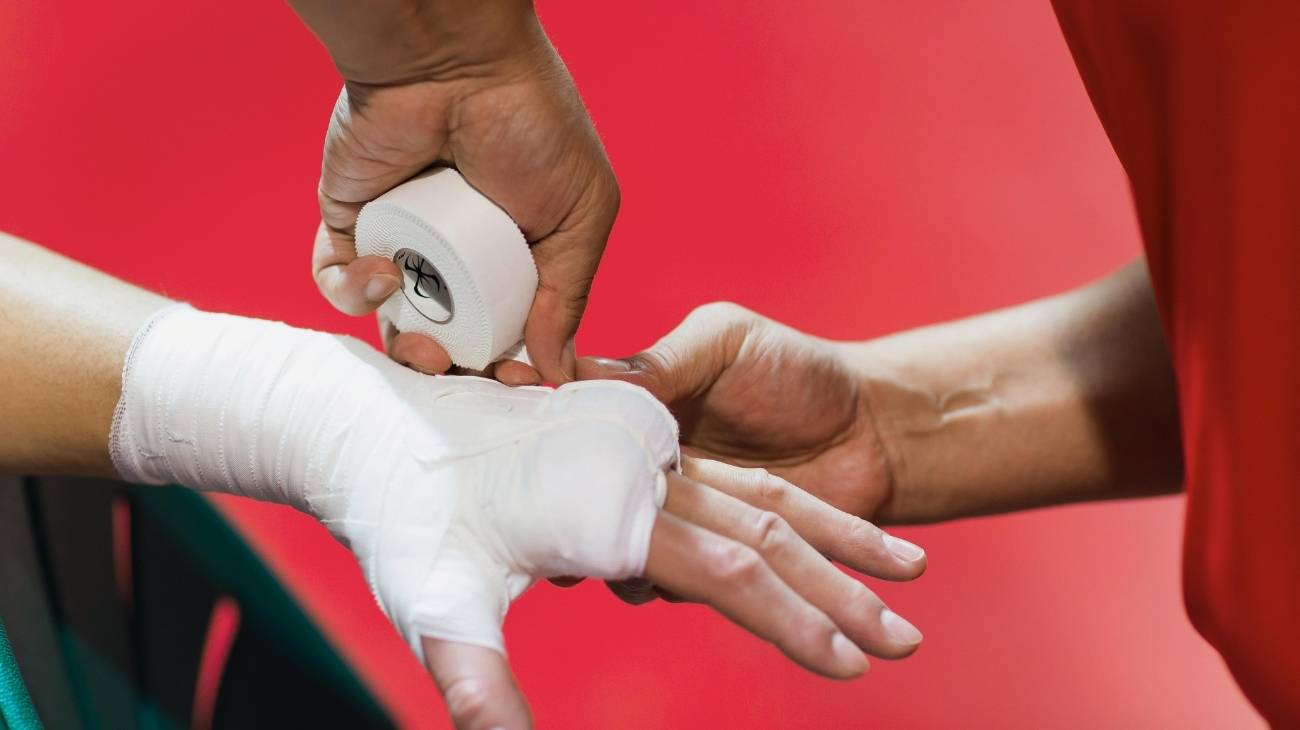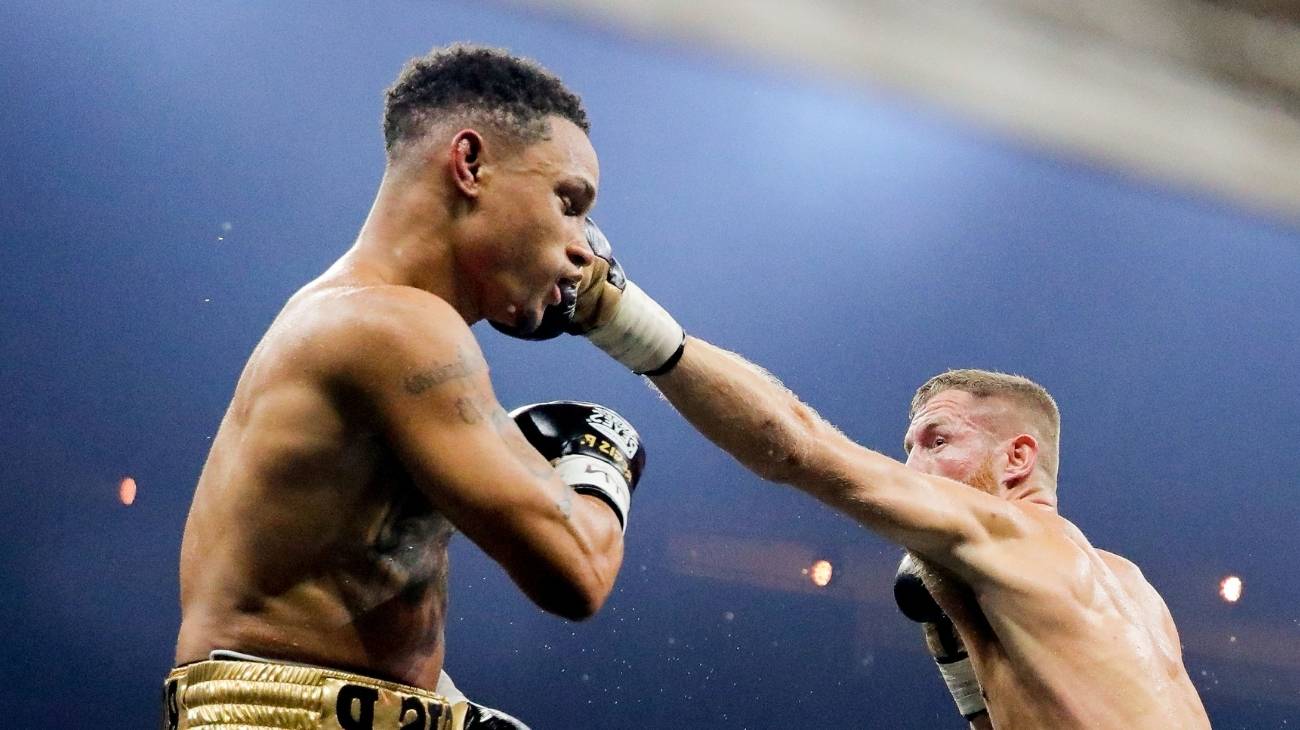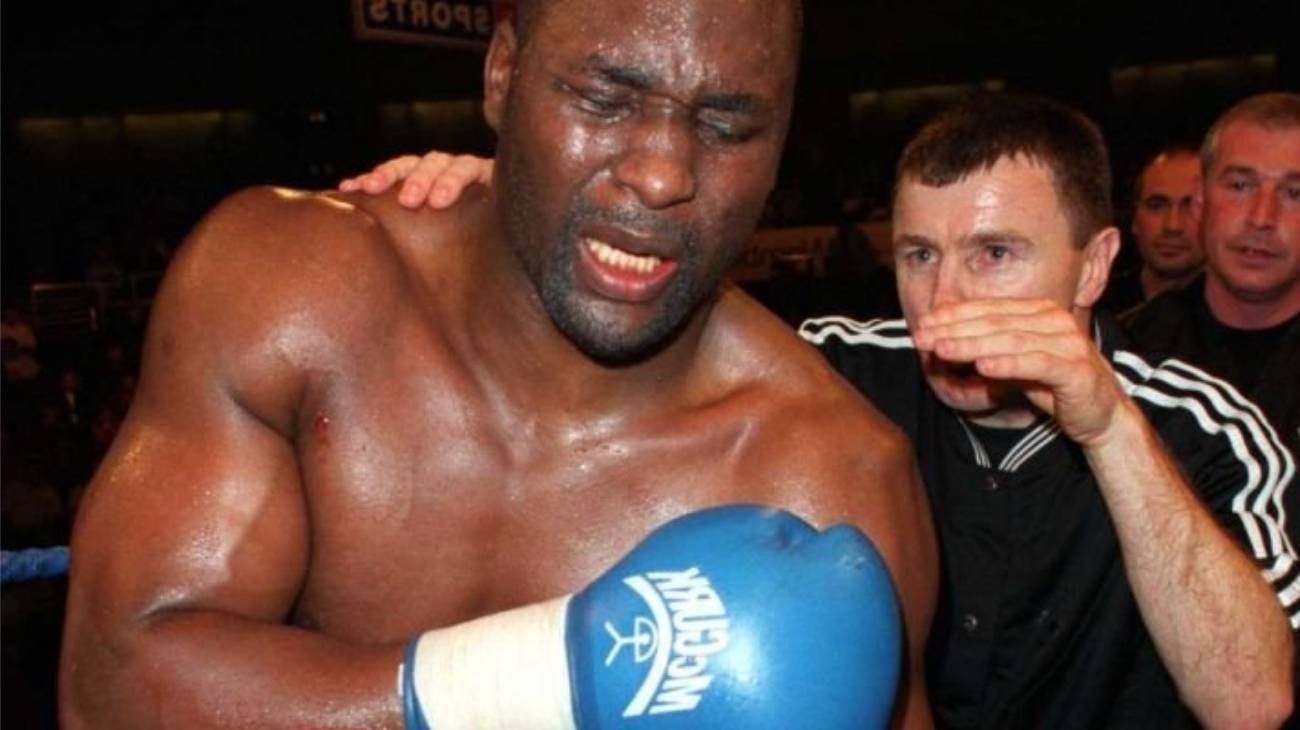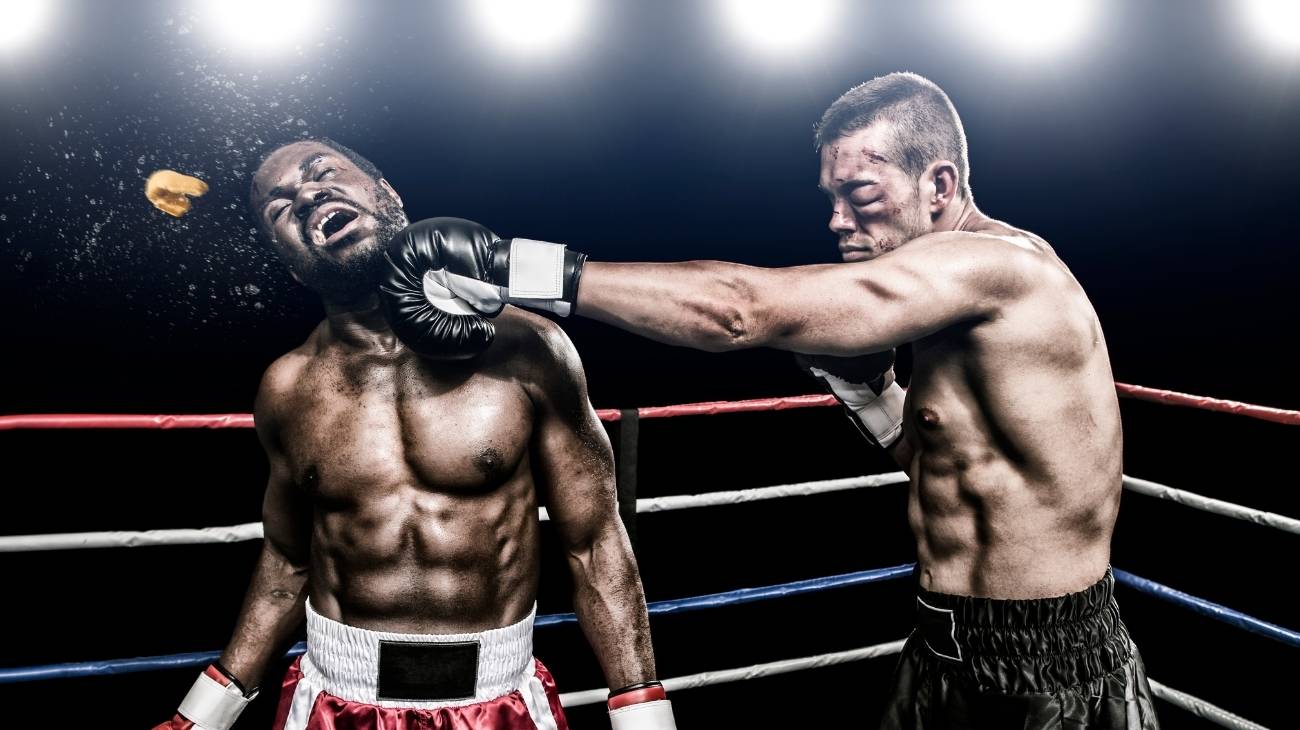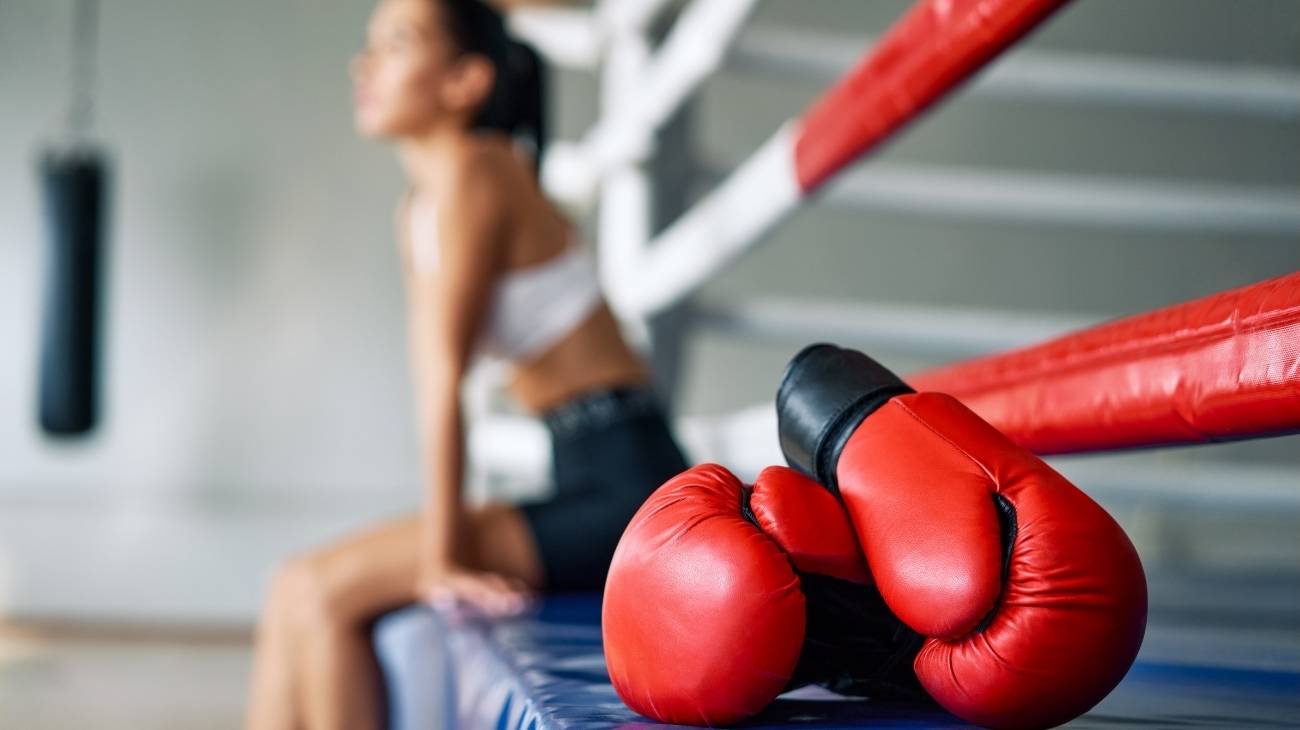The human hand has 27 bones and 14 phalanges. When there is no good training or punching technique in boxing, there are many possible injuries, especially in the knuckles, phalanges of the fingers and wrist.
In a professional boxing fight, the hand can be affected by the force of the blow when hitting the opponent. For this reason, we show you the most common injuries to the wrists and hands. In addition, you will learn how to apply the PRICE therapy and the most effective products to have on hand.
What are the most common types of hand, finger and wrist injuries in combat sports such as boxing?
Although the hand is protected by bandages and professional boxing gloves, a single blow can generate more than 700kg of brute force on the opponent. The physical and psychological wear and tear means that sometimes the punches do not have a good technique and there is some injury.
Metacarpal fracture
This usually occurs in the little finger. The metacarpals are the longest bones in the hand, connecting the fingers to the wrist. It is common to break the right end of the bone, the one closest to the knuckle, which is called the metacarpal neck.
In any other context, the bone is broken by a hard blow against a hard surface. In boxing, however, it is generated by a bad blow against the shoulder or elbow, for example. The first point of contact is always the metacarpal of the little finger, which is why it is the part of the hand that receives the most force from the impact.
4th and 5th metacarpal injuries
In recent studies on the most frequent boxing injuries, it was shown that 17% of them are generated in the hands. Injuries to the 4th and 5th metacarpal are possible due to a deviation of the wrist at the moment of the punch and that all the force falls on these two bones, instead of the first and the second, as a well executed punch should be.
The pain is also intense, without taking into account that there may be a hidden and undetected fracture. When the fight goes on without noticing the fracture, it leads to further complications.
Wrist sprains
There is a classification of sprains according to the severity of the damage, ranging from mild stretching of the connective tissue to complete rupture of the ligaments. This can occur from not holding the wrist steady or in an improper position when striking an opponent or punching bag. In both fights and training, your fist should be taped, so you get used to landing accurate punches and avoid injury during warm-ups.
Wrist discomfort
It happens in training, during practice in front of heavy punching bags. When you punch with your wrist straight, the force of the impact is distributed between the wrist, elbow and shoulder. When your technique is poor, the wrist takes the full impact and bends until it causes muscle discomfort that will eventually interrupt your training. The best way to avoid this discomfort is to start hitting gently until the muscle memory is fine-tuned to connect more forceful blows without the risk of injury.
Best products for the recovery of hand, finger and wrist injuries in boxing
Bestseller
-
Acupressure Mat and Pillow (Black/Gray)
$49.95 -
Acupressure Mat and Pillow (Green/Navy)
$49.95 -
Acupressure Mat and Pillow (Pink/Bordeaux)
$49.95 -
Foot Massage Roller for Plantar Fasciitis (Black)
$19.95 -
Foot Massage Roller for Plantar Fasciitis (Green)
$19.95 -
Foot Massage Roller for Plantar Fasciitis (Pink)
$19.95 -
Microwave Arthritis Gloves (2 Mittens) (Hearts)
$29.95 -
Microwave Arthritis Gloves (2 Mittens) (Oxford)
$29.95 -
Microwaveable Heating Pad for Pain Relief (Hearts)
$19.95 -
Microwaveable Heating Pad for Pain Relief (Oxford)
$19.95 -
Microwaveable Heating Pad for Pain Relief (Sport)
$19.95 -
Wrist Brace (Black/Gray)
$19.95 -
Wrist Brace (Green/Navy)
$19.95 -
Wrist Brace (Pink/Bordeaux)
$19.95
How to apply the RICE therapy to treat wrist and hand injuries in boxing?
The force of a punch means that there are large and constant impacts that the body receives and sometimes they are not channelled. Bear in mind that, with poor technique, the chances of injury increase. We show you how to apply the PRICE therapy, which is an update of RICE, as it is better known worldwide.
- Protection: Wrist and finger injuries in boxing require little bandaging or protective equipment, as the hands are already protected with bandages and professional gloves. It is important to ask the athlete what kind of pain he feels, to describe it in detail in order to have an idea of what it is and to decide whether or not to remove the equipment from his hands.
- Rest: Immediately move on to this phase in which the hand should remain still while the severity of the injury is examined. In the first few minutes, rest is complete. Attempts to move the fingers should only be made when instructed by the sports doctor, otherwise there may be complications for the boxer.
- Ice: Once the glove and bandages have been removed, it is important to apply ice to the part of the hand where the swelling is most pronounced. A single discomfort, a sign of tendinitis, sprain and fracture will cause the whole hand to swell and bruising will begin to appear.
- Compression: We proceed to place a wrist bandage or a special bandage that holds the whole hand well so that it does not continue to swell after removing the ice, always being careful not to squeeze too hard so as not to generate unfavourable side effects.
- Elevation: In the event of injury, we want the blood pressure to drop and the swelling to go down. It is recommended that you elevate your arm above the level of your heart. Otherwise the swelling will be such that you will not be able to perform at your best during the fight.
References
- Drury, B. T., Lehman, T. P., & Rayan, G. (2017). Hand and wrist injuries in boxing and the martial arts. Hand clinics, 33(1), 97-106. https://www.hand.theclinics.com/article/S0749-0712(16)30072-5/fulltext
- Amadio, P. C. (1990). Epidemiology of hand and wrist injuries in sports. Hand clinics, 6(3), 379-381. https://www.sciencedirect.com/science/article/abs/pii/S0749071221008805
- Noble, C. (1987). Hand injuries in boxing. The American journal of sports medicine, 15(4), 342-346. https://journals.sagepub.com/doi/abs/10.1177/036354658701500408
- Loosemore, M., Lightfoot, J., Gatt, I., Hayton, M., & Beardsley, C. (2017). Hand and wrist injuries in elite boxing: a longitudinal prospective study (2005-2012) of the Great Britain Olympic Boxing Squad. Hand, 12(2), 181-187. https://journals.sagepub.com/doi/abs/10.1177/1558944716642756
- Gatt, I., Smith-Moore, S., Steggles, C., & Loosemore, M. (2018). The takei handheld dynamometer: an effective clinical outcome measure tool for hand and wrist function in boxing. Hand, 13(3), 319-324. https://journals.sagepub.com/doi/abs/10.1177/1558944717707831
- Zazryn, T. R., McCrory, P. R., & Cameron, P. A. (2008). Neurologic injuries in boxing and other combat sports. Neurologic clinics, 26(1), 257-270. https://www.sciencedirect.com/science/article/abs/pii/S0733861907001272
- Ross, R. J., Casson, I. R., Siegel, O., & Cole, M. (1987). Boxing injuries: neurologic, radiologic, and neuropsychologic evaluation. Clinics in sports medicine, 6(1), 41-51. https://www.sciencedirect.com/science/article/abs/pii/S0278591920310577
- Bledsoe, G. H., Li, G., & Levy, F. (2005). Injury risk in professional boxing. Southern medical journal, 98(10), 994-999. https://www.researchgate.net/profile/Guohua-Li-7/publication/7472412_Injury_Risk_in_Professional_Boxing/links/59a44bafa6fdcc773a373b70/Injury-Risk-in-Professional-Boxing.pdf
- Loosemore, M., Lightfoot, J., & Beardsley, C. (2015). Boxing injuries by anatomical location: a systematic review. Medicina Sportiva: Journal of Romanian Sports Medicine Society, 11(3), 2583. https://medicinasportiva.ro/SRoMS/RMS/43/boxing-injuries-anatomical-location-review.pdf
- Jordan, B. D. (1987). Neurologic aspects of boxing. Archives of neurology, 44(4), 453-459. https://jamanetwork.com/journals/jamaneurology/article-abstract/586343










